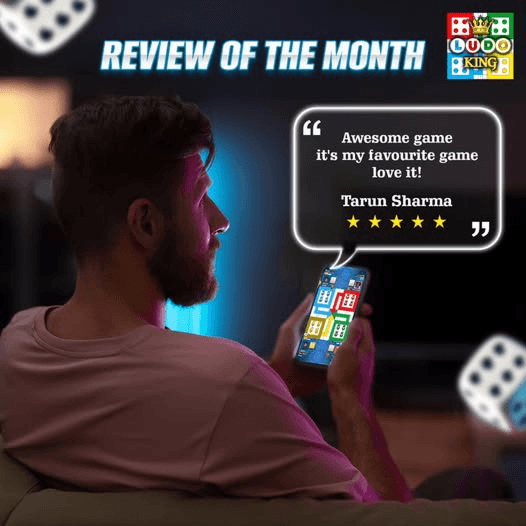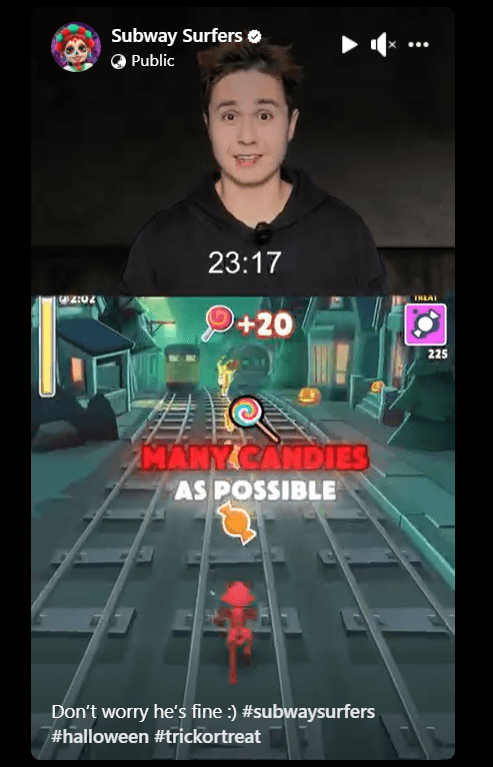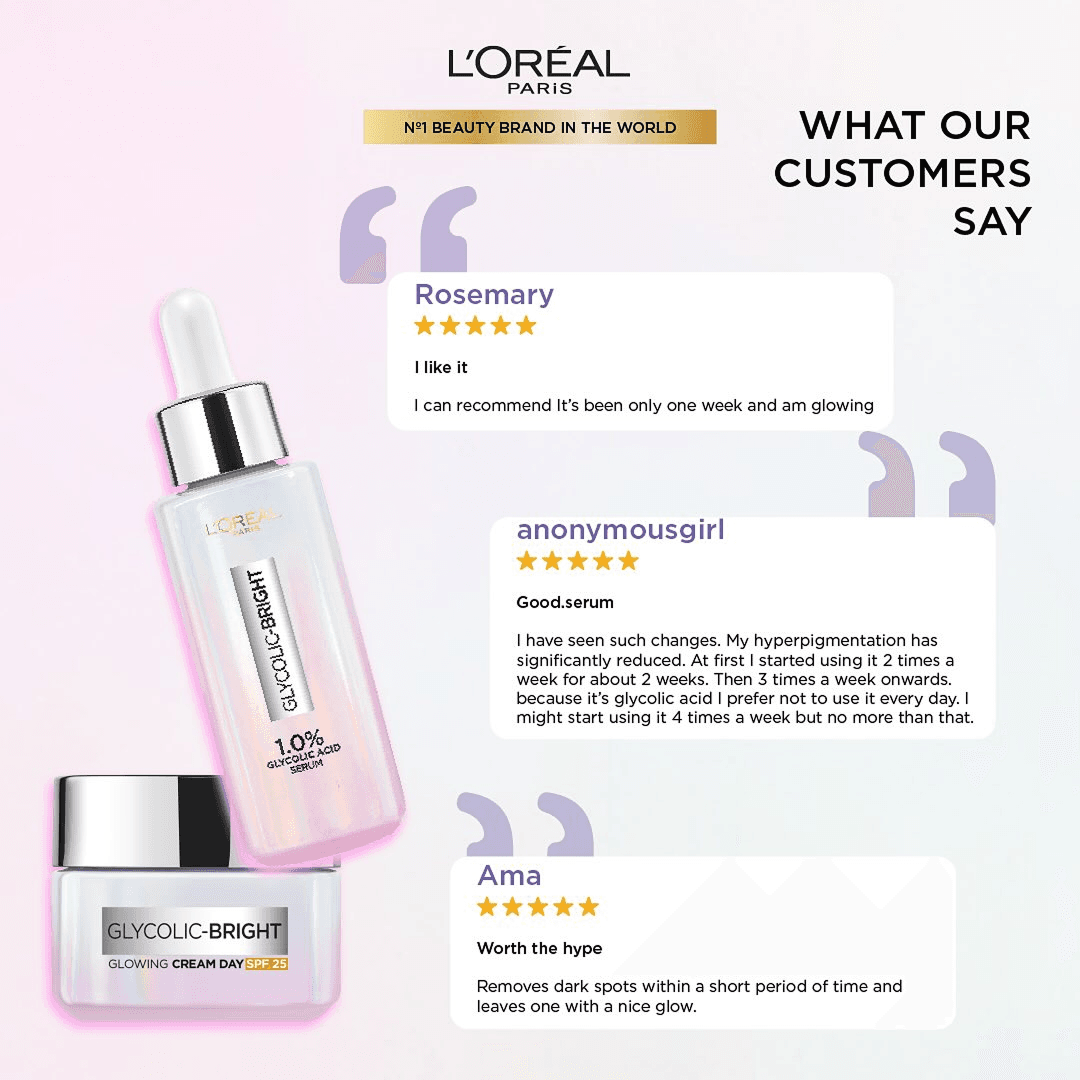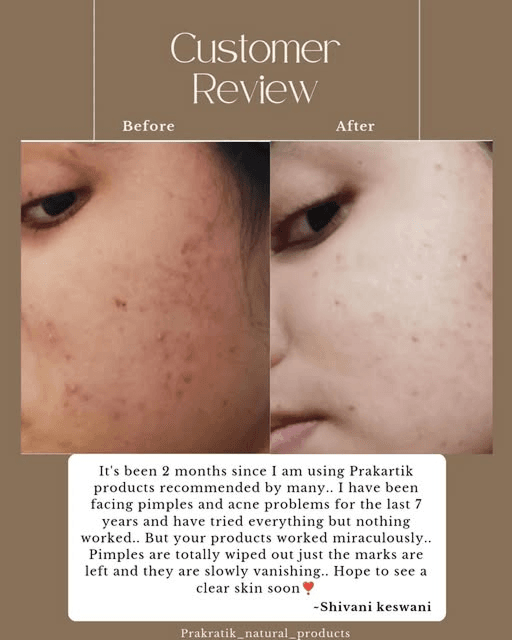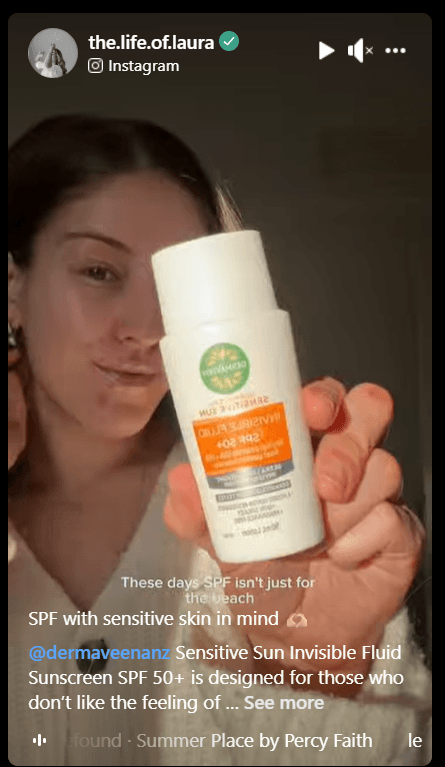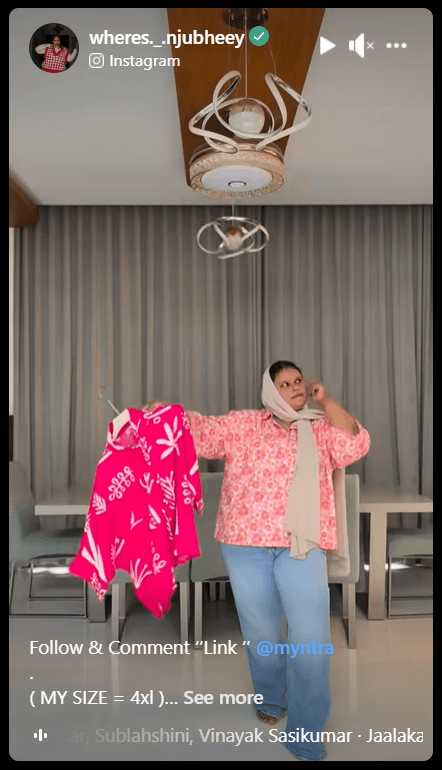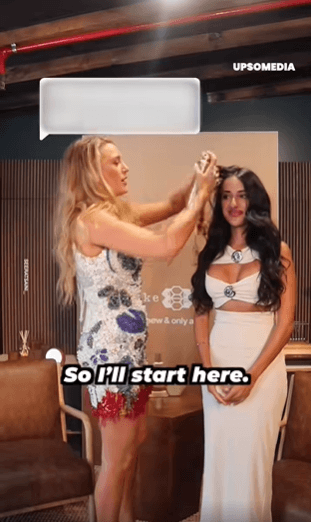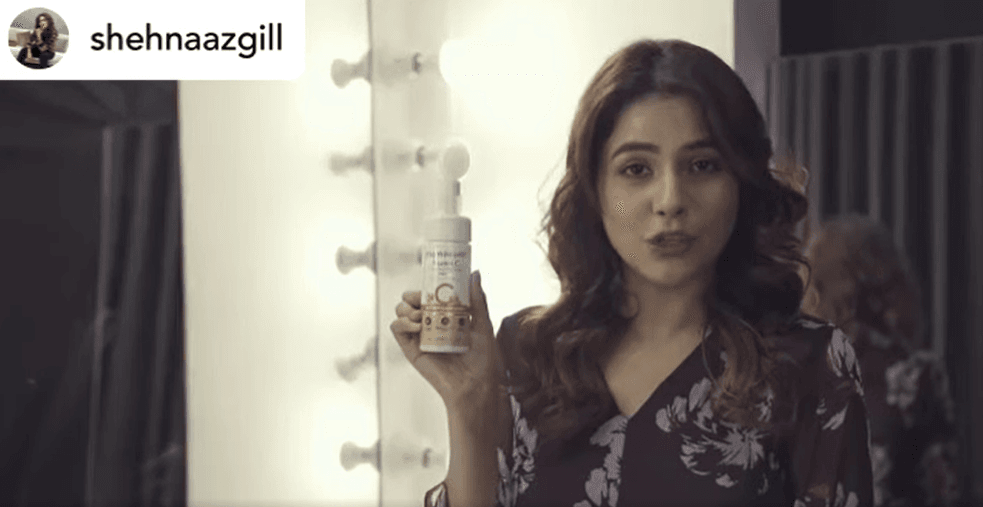UGC, Testimonials & Comments: Social Proof Strategies That Win on Facebook
What makes someone stop scrolling and actually click on your Facebook ad? Users scroll fast and trust slow. Adding social proof could be the edge you’re missing. Real user testimonials, authentic comments, and relatable UGC can grab attention, boost clicks, and drive user action.
Did you know most online shoppers expect to see around 112 reviews before feeling confident about a product? The good news is that you don’t need a massive production budget to build that credibility. For this, you just need the right strategy and the authentic user content.
So, if you are also tired of running polished ads that don’t convert? This blog will explore how to use UGC, testimonials, and social comments to create high-converting Facebook ads.
Key Takeaways
Social proof makes your ads more clickable by showing real users, comments, and testimonials that influence new users to take action.
Testimonials reduce hesitation by highlighting real user experiences that speak directly to your target audience.
Comment overlays mimic peer recommendations, making your ads feel organic and boosting engagement.
User-generated content (UGC) drives performance by showcasing your product in relatable, real-world use, which is especially powerful for DTC brands.
Celebrity endorsements can instantly elevate your brand and increase installation or purchase intent, especially when tied to trending personalities.
To scale these strategies, platforms like Segwise help analyze creative elements, tag content, and connect them to performance metrics, so you know what drives results.
Why Social Proof Drives More Facebook Users
Social proof transforms ads into recommendations, reducing resistance and inspiring action through genuine reviews, reactions, and comments. Here are a few reasons why social proof helps you acquire more users on Facebook:
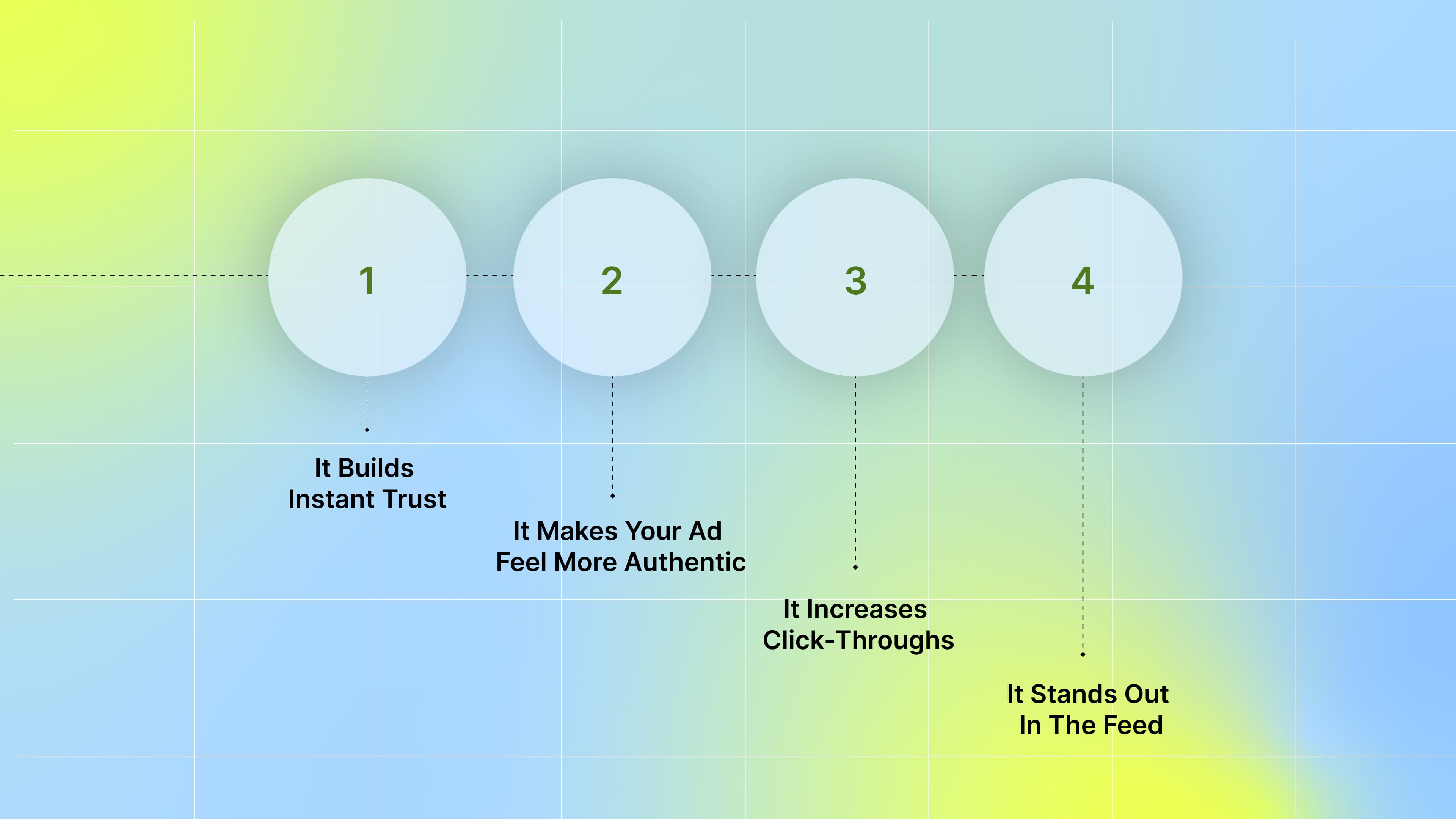
It builds instant trust: A video testimonial from a gamer or a happy customer screenshot of your face serum gives your ad credibility fast. Seeing genuine experiences from others makes new customers feel confident.
It makes your ad feel more authentic: UGC and genuine comments make your brand appear genuine. No studio shots, just relatable people and honest experiences, that’s what today’s users respond to.
It increases click-throughs: People hesitate less when they see reviews, reactions, or comments that reflect their own problems or goals. That familiarity drives action downloads, purchases, and subscriptions.
It stands out in the feed: Social proof breaks the “ad blindness.” When users see faces, voices, or real screenshots, they stop scrolling.
To understand why these tactics are so effective, it is helpful to examine the psychology behind them.
Also Read: Recommended AI Tools for UGC Video Ad Creation
The Psychology of Social Proof
The Social Proof Theory, popularized by psychologist Robert Cialdini, suggests that when you’re unsure about how to behave in a situation, you look to others for clues and guidance. In short, you often figure out what the “right move” is by watching what other people do.
For example, a study released by beauty industry insider BeautyMatter found 49% of Gen Z and millennial consumers have purchased a product based on social media influencer recommendations. This is especially true when you don’t have a strong prior opinion or you’re in a hurry. Social proof in your ad campaigns helps users make faster, more informed decisions.
Key principles behind this:

Uncertainty. When you’re unsure what to do (e.g., which game to install or subscription to pick), you look to others’ actions.
Similarity. You’re more likely to follow people you feel are like you same interests, same situation, same goals. Their behavior feels relevant and trustworthy.
Expertise & numbers. When many people or people with perceived expertise endorse something, it adds credibility. It’s easier to trust a choice when a crowd or an expert has already done it.
Now, let’s look at the different types of social proof strategies that help your Facebook ads attract more users.
Types of Social Proof Strategies
Social proof comes in many creative formats that influence user decisions on Facebook. Each type works differently to capture attention and drive action.
Here are social proof strategies you can use to acquire more users through Facebook ads:
Social Proof Through Testimonials
You use short, real quotes or video clips from players who have downloaded and enjoyed your game. These testimonials show actual users rather than your brand talking, which makes the message feel more credible. Because social proof lowers hesitation, it’s useful to people who are more likely to click “Install.
How It Helps You Acquire More Users
When your ad shows a player saying, “This is my favorite game this month,” new gamers feel the risk is lower, and they’re less likely to ignore your ad. This can turn your impressions into real downloads.
Examples
This Facebook ad from Ludo King features a real player testimonial with a 5-star rating. It instantly builds credibility and encourages new users to install by showing genuine enjoyment from existing players.
Another example would be,
A Subway Surfers ad features a player reacting to a Halloween theme with humor and excitement. The creator's natural expression shows genuine enjoyment, encouraging viewers to play.
Comment Overlays as Social Proof
Use real user comments or reviews in your ad creative (image or video). The visible comments make your ad feel interactive and peer‑driven. This is useful because it gives your ad the appearance of an organic conversation rather than a brand pitch.
How It Helps You Acquire More Users
Seeing familiar comment formats makes ads feel genuine. That relatability triggers interest in your DTC app or product. It also helps you stand out because most ads don’t show real comments.
Examples
L'Oréal’s creative ad on Facebook showcases real user comments like “It’s been only one week and I’m glowing,” directly on the ad. These overlays make the praise visible and persuasive mid-scroll, increasing engagement.
Another example would be,
A skincare brand runs a Facebook ad featuring a before‑and‑after image with a customer review overlaid:
“I have been facing pimples and acne problems for the last 7 years and have tried everything, but nothing works. But your products worked miraculously. Pimples are totally wiped out!”
This comment overlay builds strong trust because it reads like a genuine experience shared by a real user. It reinforces product effectiveness without needing high production, making the ad feel authentic, relatable, and credible.
User‑Generated Content (UGC)
Did you know 75% of marketers believe that user-generated content makes their marketing more engaging? UGC means using real photos or videos created by your customers, showing them using your product in an unfiltered, authentic, and relatable way. This strategy is powerful because people trust content from peers far more than from brands.
How It Helps You Acquire More Users
According to research, UGC helped drive 63% year-over-year revenue growth, highlighting the persuasiveness of authentic content from real customers. This authentic content leads to higher engagement, more clicks, and ultimately, more app downloads or purchases.
Examples
A Facebook ad by a skincare brand features a video post from a creator applying the sunscreen.This is a strong example of UGC because it features a real person using the product in a real-life setting, rather than a polished studio ad. The content feels trustworthy and relatable, helping new users see the product in action, which builds confidence to buy the product.
Another example would be,
A fashion brand runs a Facebook ad featuring a real creator’s post, in which she wears a plus-size co-ord set from Myntra. The user shares a personal caption:
“Looking for outfits that are comfy, stylish, and budget-friendly? These plus-size coord sets from Myntra are perfect for both a night suit look, casual wear, and airport travel. Super soft, easy to carry, and available till 5XL.”
The visual shows the creator confidently modeling the outfit in a natural home setting, without the use of a professional shoot or heavy editing. It shows a real person with a real body type trying on the product, not a model in a studio. That relatability builds trust and helps potential buyers feel more confident clicking the ad to shop
Celebrity Social Proof
Celebrity social proof uses the influence and recognition of public figures to promote your product. When someone well-known endorses your product, it instantly elevates its perceived credibility.
How This Helps You Acquire More Users
When a celebrity speaks positively about a product, it influences user behavior by creating the impression that the product is widely accepted—or even trending driving conversions without any extra persuasion. For DTC brands, this can result in a surge in purchases and search volume.
Examples
In the midst of the scandal for misrepresenting the message about gender violence in the movie “Breaking the Circle,” Blake Lively was promoting her hair products. Her celebrity presence drew massive attention, amplifying product visibility and appeal.
Another example would be,
A Facebook ad features a well-known celebrity, “Shehnaz Gill,” using the Mamaearth Vitamin C product line on camera, discussing how her skin appears brighter and healthier due to the routine.
The celebrity’s face, voice, and endorsement combine to boost trust and create a “feel‑good” appeal. When your target viewer sees a familiar figure recommending the product, it triggers interest and makes them more likely to click the “Shop Now,” helping you acquire more customers.
Also Read: Recommended AI Tools for UGC Video Ad Creation
Conclusion
Social proof, whether it comes in the form of UGC, testimonials, comments, or celebrity endorsements, plays a critical role in making Facebook ads more compelling. Each approach builds credibility, reduces friction, and encourages users to take action, ultimately driving higher conversions and improved ROAS.
To truly scale these social proof strategies, you need reliable insights into what’s actually working in your Facebook ad campaigns. That’s whereSegwise comes in. Segwise offers direct integration with Meta (Facebook). Just go to Dashboard → Settings → Ad Networks → Connect under Meta. From there, sign in, select your Pages, Businesses, and Facebook Ad Accounts, and enable them for full creative analysis across your campaigns.
By gathering insights from Facebook, Segwise automates creative tagging, maps elements from testimonials or UGC campaigns to performance metrics, and helps you understand which ad patterns are winning. With AI-powered creative analytics, you can double down on proven tactics and avoid wasting budget on guesswork.
Ready to turn social proof into user acquisition power? Start your free trial today and see how your creatives can work harder for you.
FAQs
1. How many likes, comments, or shares does an ad need before it becomes “social proof”?
It’s less about hitting a specific number and more about showing genuine engagement. Studies show ads with visible peer endorsements perform better because they signal authenticity and reduce hesitation.
2. How do I measure the impact of social proof in my Facebook ads?
Focus on key metrics, such as click-through rate (CTR), conversion rate (installs/purchases/subscriptions), and cost per action (CPA), for ads with social proof versus those without. Research shows ads that visibly display social proof (reviews, engagement) often see higher conversions and lower costs.
3. Can I reuse existing organic social posts with high engagement as ad creative to get social proof?
Yes, according to guidance, using a published post with strong likes/comments and then boosting or promoting it as an ad preserves the engagement as social proof.
